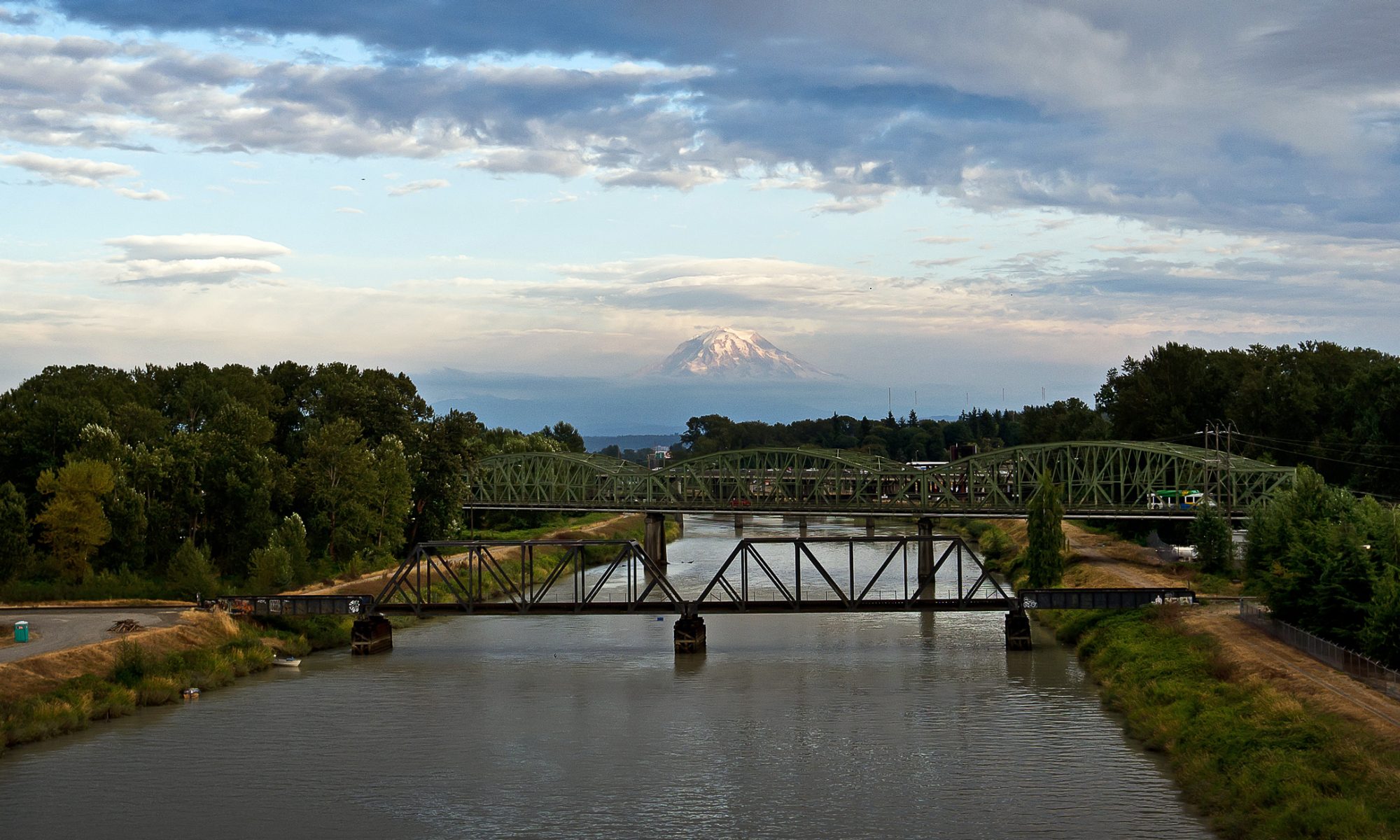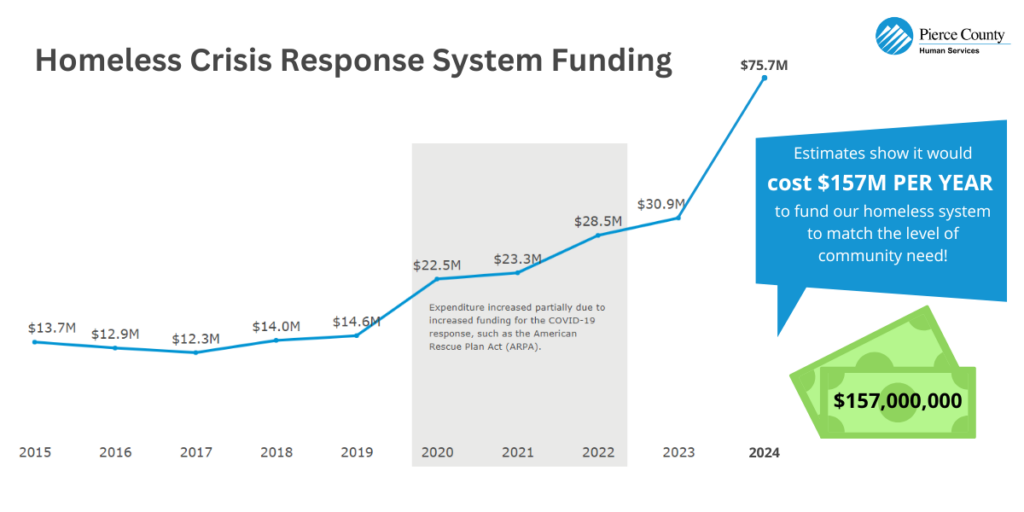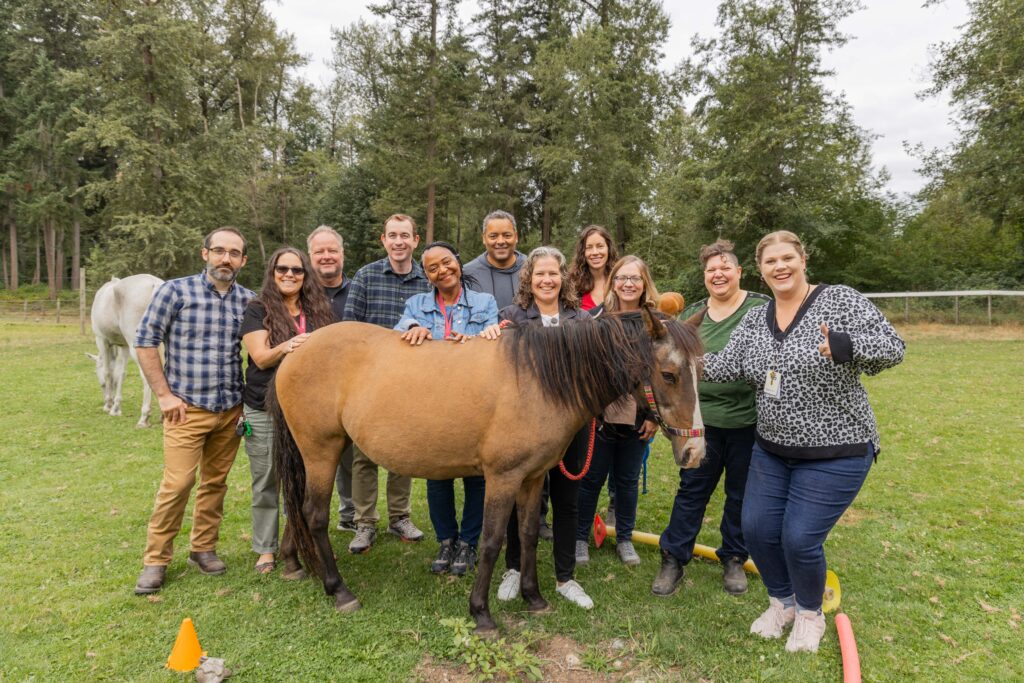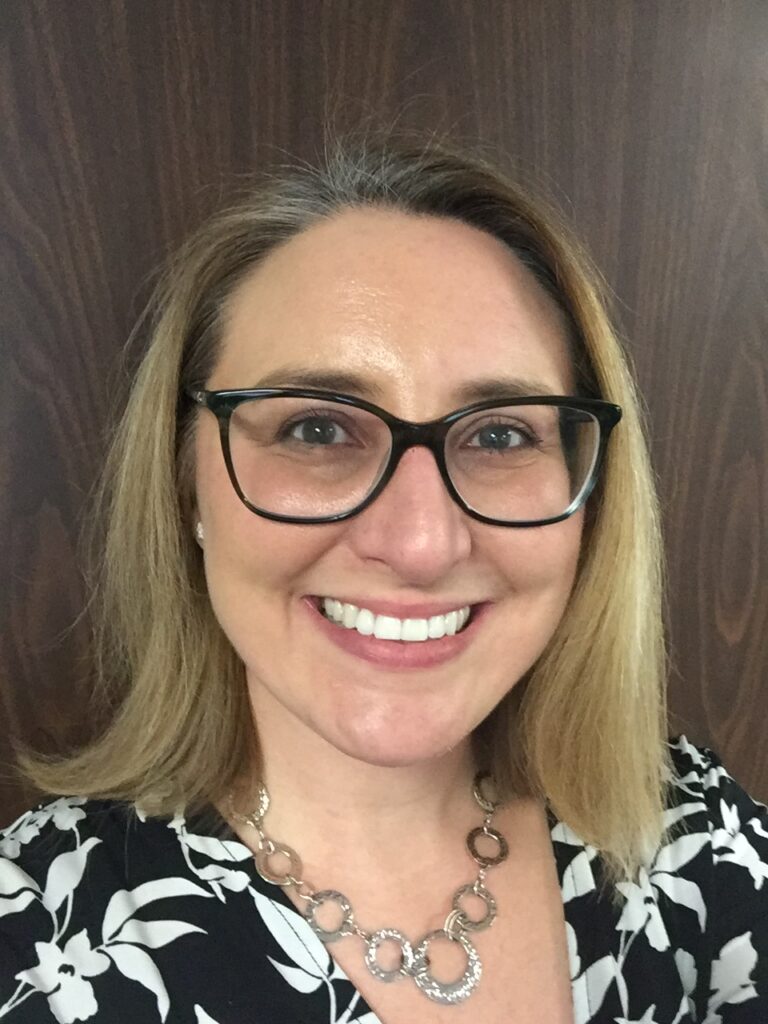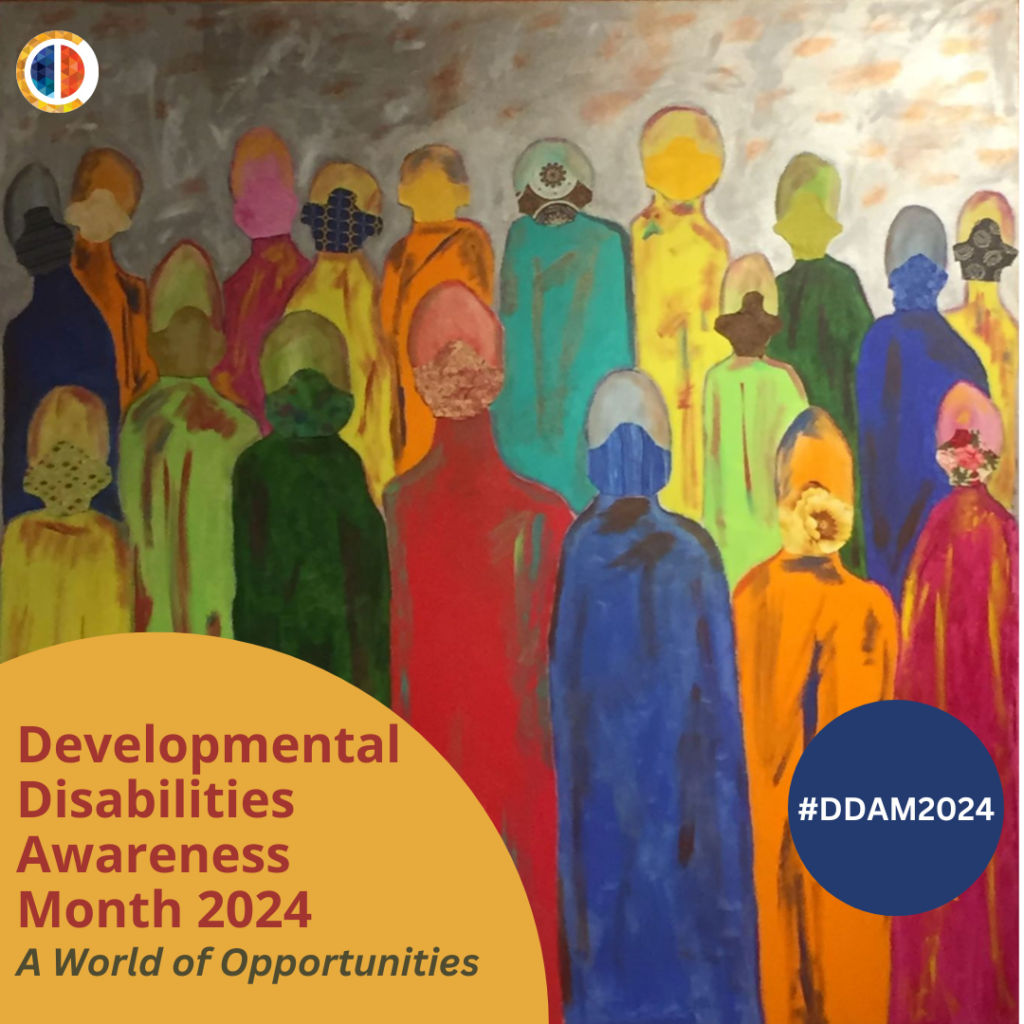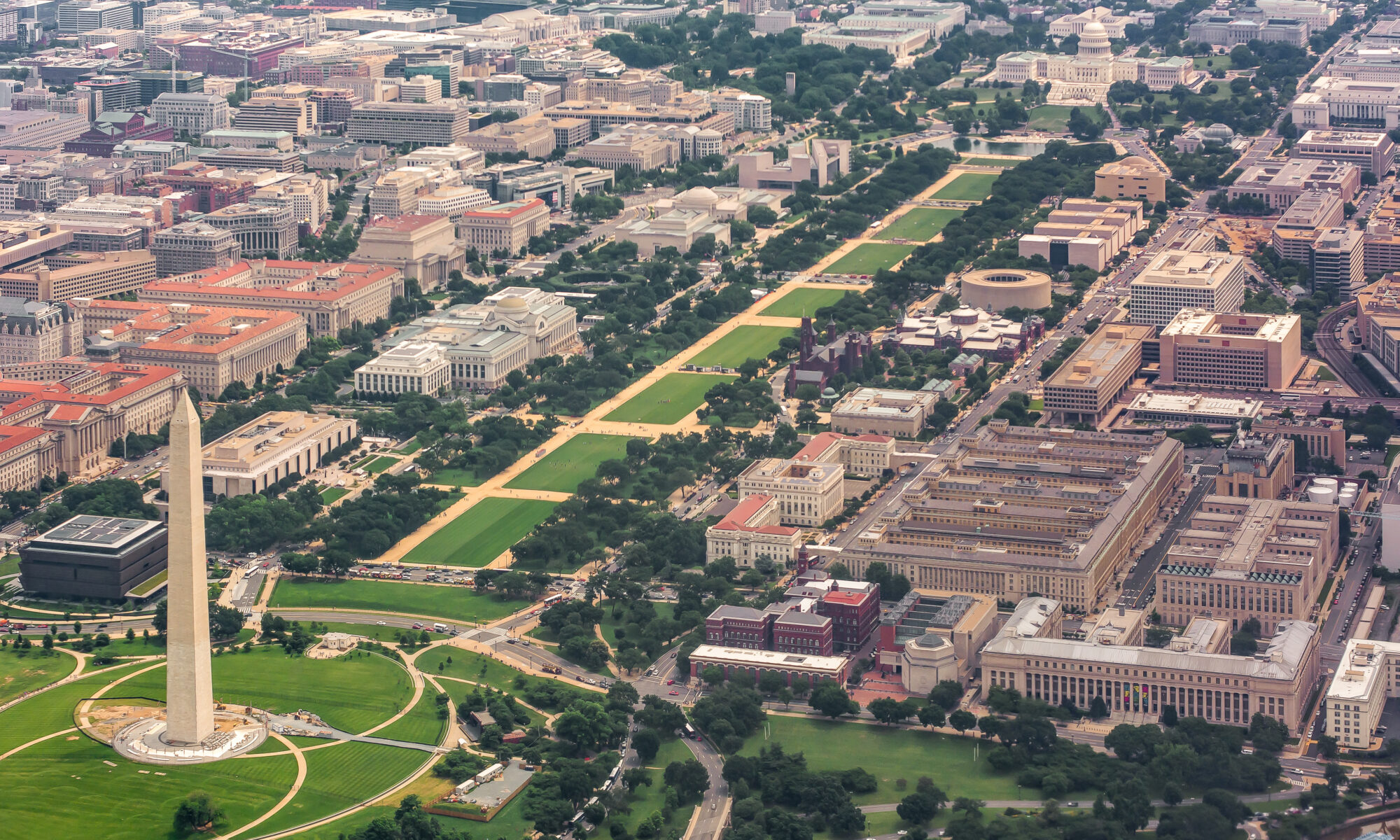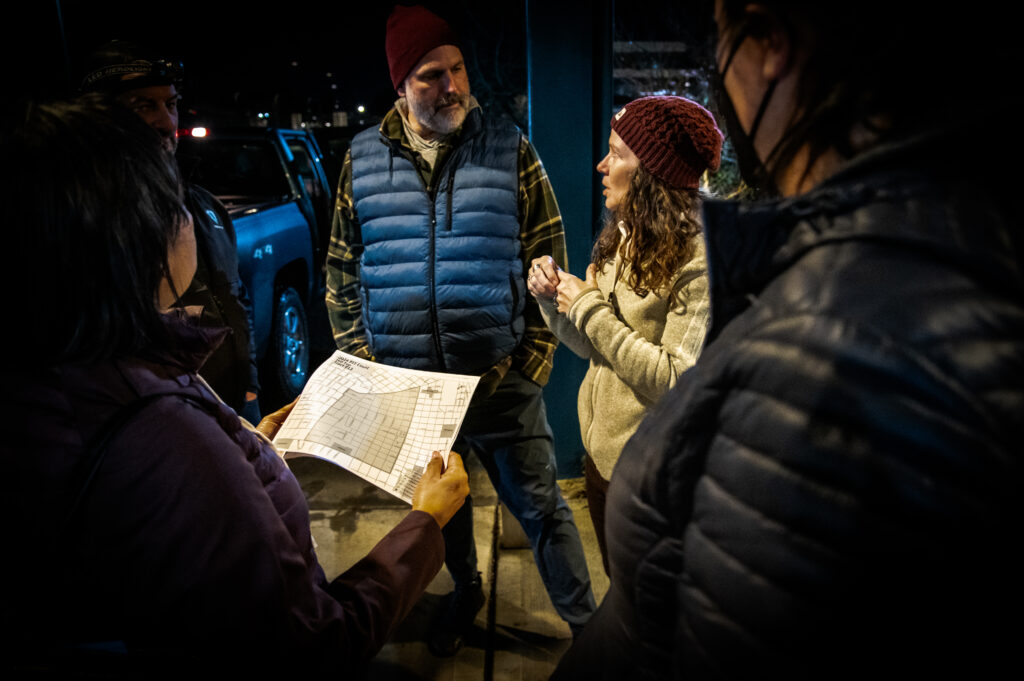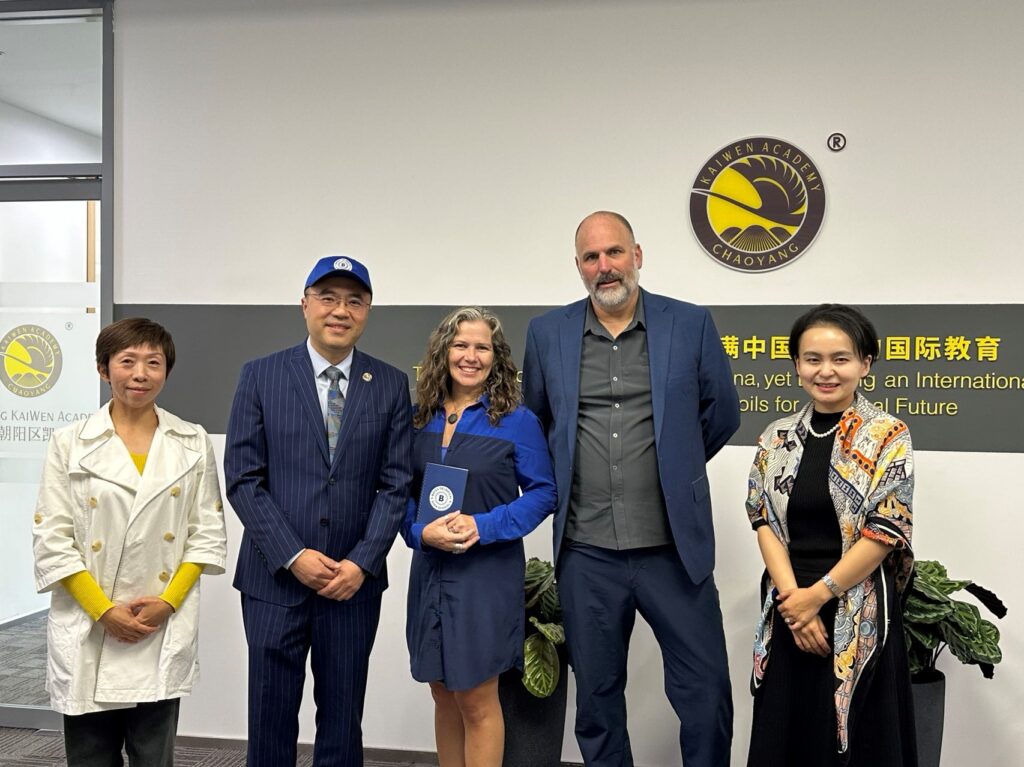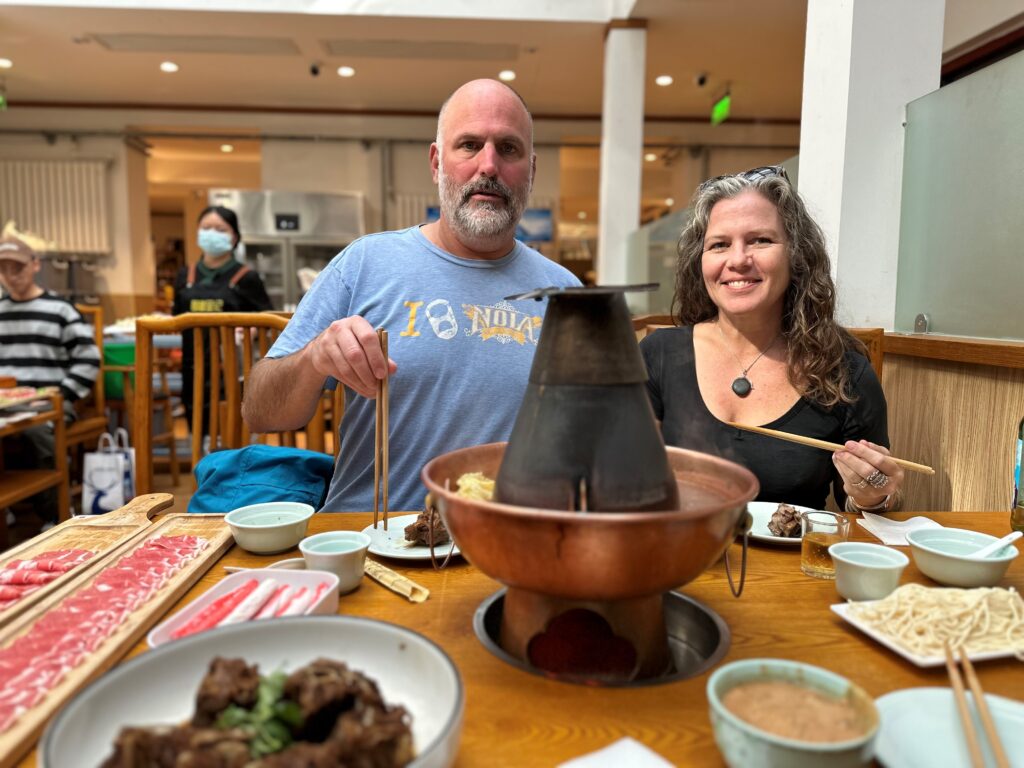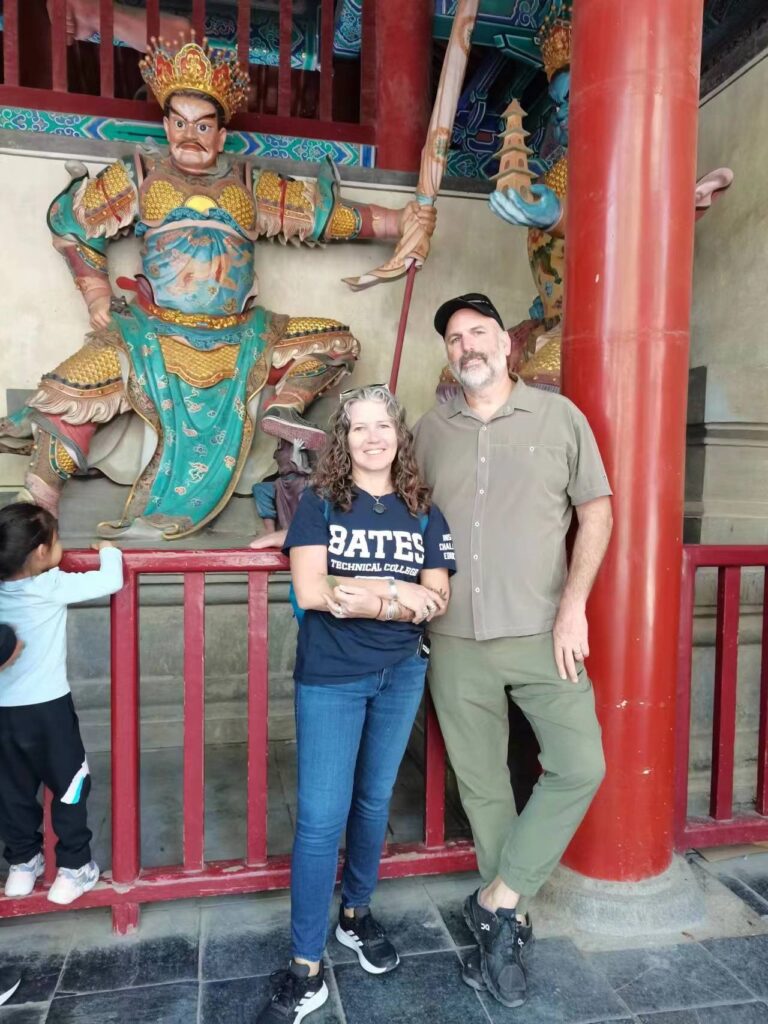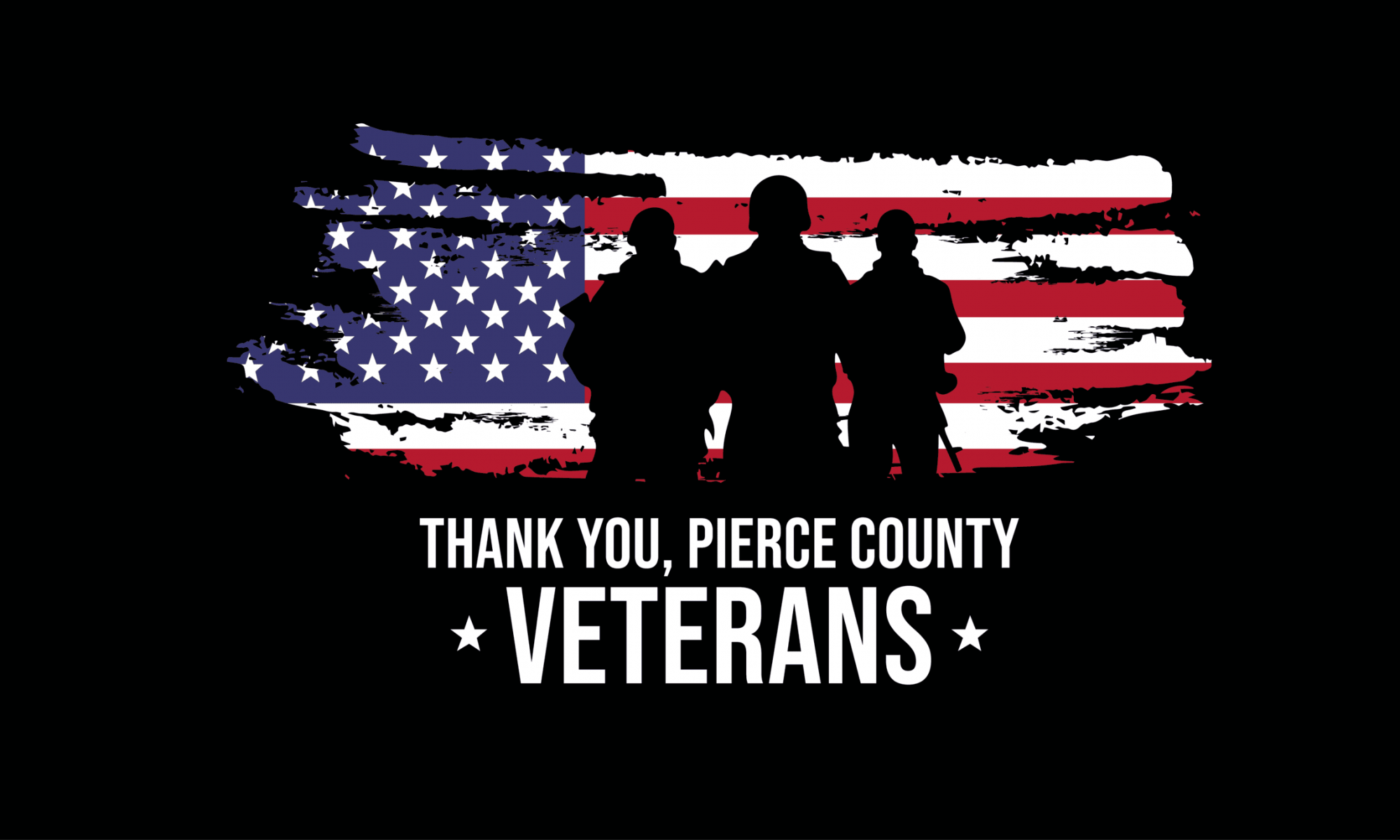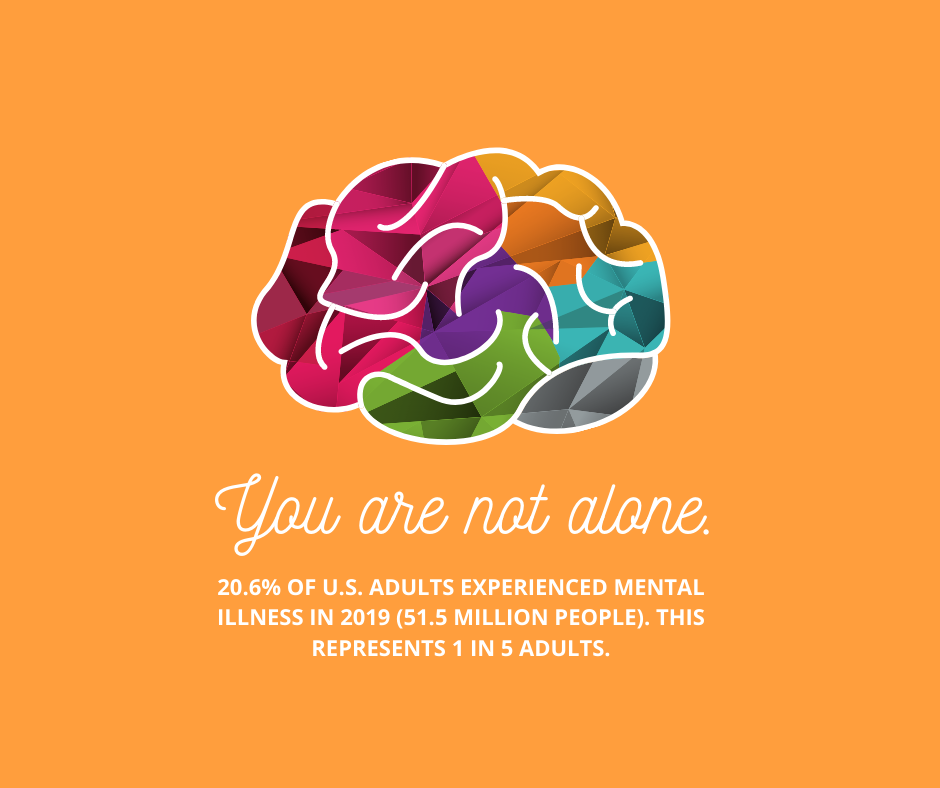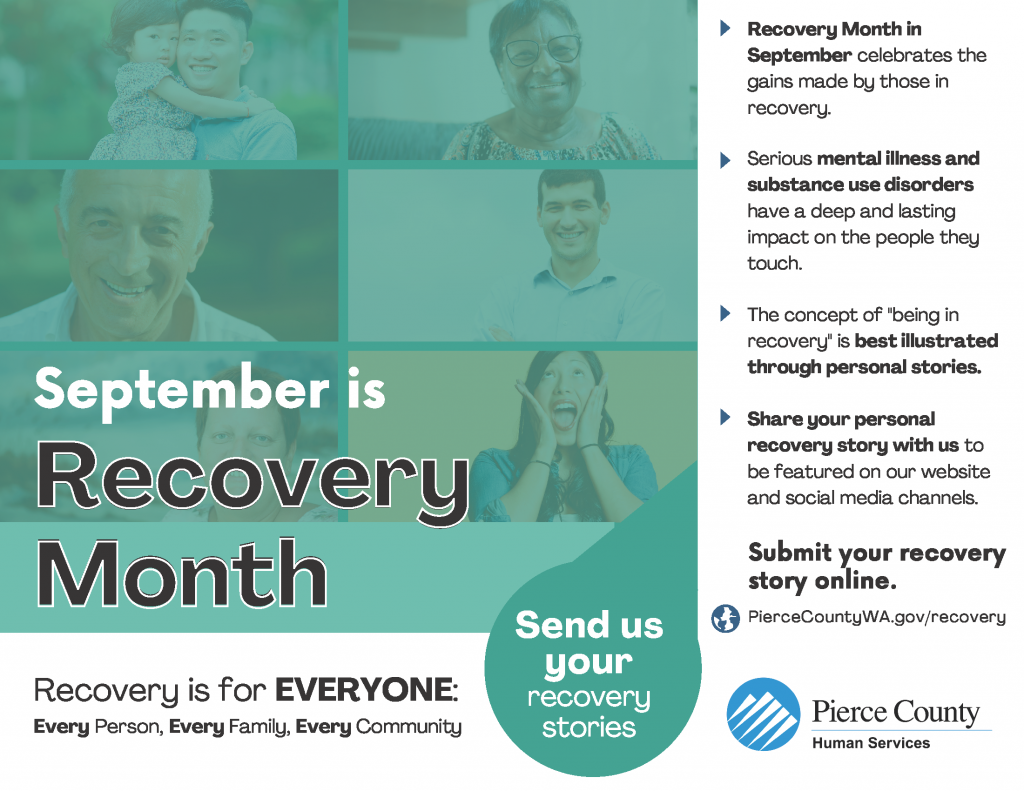Dear taxpayers, partners, colleagues, and elected officials,
I have started writing this message many times over the last two years of my five-year tenure as the Pierce County Human Services Director. There has been a fair amount of press – mostly negative – in that time about the state of homelessness in Pierce County. Recent local coverage of this very important issue facing our community is missing two important things: context and balance. I’d like to offer both.
First, let’s start with context:
- Addressing homelessness is one of the most important challenges facing our society today. While local governments bear some of the responsibility to respond, no jurisdiction alone can solve their community’s homelessness problem. We need our partners – including other cities and towns, the state government, local service providers, advocacy groups, and volunteers – to be working on solutions together.
- There is no easy way to solve the crisis of homelessness. Individuals who become homeless often do so because of a breakdown in many other parts of their lives: family breakup, poor health or medical emergency, job loss or other economic problem, and lack of affordable housing. Each of these requires lots of effort to resolve, and often people sleeping on the streets and in shelters are dealing with more than one, or sometimes all, of these setbacks.
- Everyone has an opinion about how to address homelessness, and a LOT of people (elected officials at all levels, funders, advocacy groups) have requirements, best practices, priorities, and guidance we are compelled to follow. Being responsive to multiple leaders and drivers in this space can be hard to do, if not downright contradictory.
- Homelessness does not end at anyone’s borders, so it takes collaboration and partnership across the social service system network (first responders, libraries, businesses, medical providers, schools) and across jurisdictional boundaries. Pierce County Human Services (PCHS) works regularly with cities and towns to identify challenges and collaborate on solutions, and together we involve and amplify the voices of those with lived experience.
- By our common (but not perfect) annual Homeless Point-in-Time measure, homelessness has increased this year by 24% from last year (and 79% since 2019). As the crisis grows, the response has grown with it. Although Pierce County is only one of the funders of local homeless services, our investment alone has grown from $14.6M in expenditures in 2019 to $75.7M budgeted to be spent in 2024, which includes $23M in American Rescue Plan Act (ARPA)funds. Our primary goal when making public investments is to grow the system in a way that balances meeting the need along with our ongoing ability to fund the system we build.
- Despite the increased funding in recent years, the need is still greater than resources can meet. For example, we estimated in the Comprehensive Plan to End Homelessness it would take approximately $157M per year to fully fund a homeless response system. Until or unless we get to that level of sustained funding, our system will be insufficient to meet demand.
- To be successful in moving individuals from homelessness, we need more available, accessible, and affordable permanent housing. In Pierce County one-third of all residents are cost burdened. Over the past 10 years housing costs have far outpaced incomes. Housing costs are unaffordable to most low-income families unless they are publicly subsidized. The county is currently invested in approximately 1,500 new affordable housing units across Pierce County that are in various stages of development and will come online in the next two years, but according to the Housing Action Strategy, that is not enough.
“To meet the current and future demand of affordable housing, Pierce County needs to build at least 2,300 affordable housing units per year for over the next 20 years.”
-Pierce County Housing Action Strategy
Next, I would like to offer a more balanced perspective of the homeless response efforts across our county. I am not suggesting we are getting this right 100% of the time, but our wins outweigh our losses in this area. Consider the following:
- PCHS worked with a steering committee to write the Comprehensive Plan to End Homelessness (CPEH), which was then approved and supported by both the County Executive and the County Council in 2022. The plan lays out six goals to more effectively address homelessness in Pierce County. The County Council has allocated approximately $10M to work on implementation of the plan. You can find out more about the plan and our progress here.
- Pierce County routinely publishes performance data for a wide array of county delivered and funded services. There’s a page dedicated to our homelessness programs and investments where you can learn all about system and provider performance. We are also partnering with a national research group to study and improve our Eviction Prevention Program, to help families before they enter our homeless system. You can find more information on our research and evaluation efforts here.
- In the past five years, through the pandemic and as our homeless population continues to grow, we’ve explored and invested in several innovative initiatives: funding “cultural hubs” that provide customized homeless services to underserved minority populations; awarding funds to a provider to operate a one-stop, 24/7, county-wide shelter access hub; investing in multiple sites offering non-congregate shelter, including two hotel conversions; building an expanded pool of service providers by offering local funding and technical assistance; expanding medical respite beds so people experiencing homelessness don’t have to recover outside after surgery; and initiating cross-discipline efforts with our Veteran and Behavioral Health divisions.
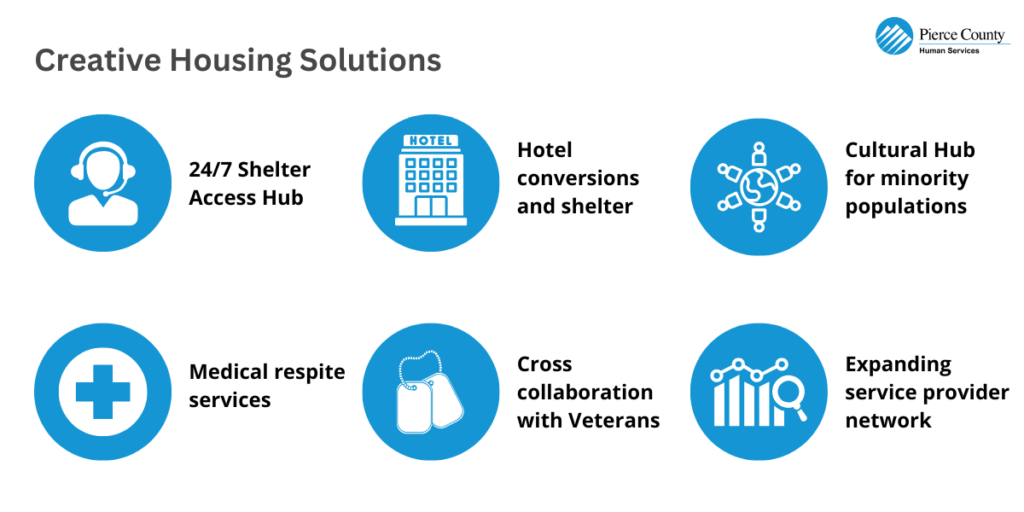
- As the “collaborative applicant” (the fiscal and administrative agency) for our community’s Continuum of Care (COC), we’ve worked hard to bring more revenue and better outcomes to our homeless efforts. To improve our system, we and the CoC leadership sought technical assistance (TA) provided earlier this month by the U.S. Department of Housing and Urban Development (HUD). The TA consultant gave us many good ideas including clarifying the roles of the collaborative applicant and the CoC Board to further streamline our work, making structural changes to increase diversity, improving transparency through better communication, finalizing a new governance charter with equity at the foundation, and drafting a five-year plan that aligns with the CPEH, many of which we are already beginning to implement.
Homelessness is more than a social issue — it’s a political one. Policy and funding debates shape how we respond to homelessness, often feeling like a game of “political football.” When homelessness becomes campaign fodder, it’s easy to lose sight of the people we’re trying to help.
At PCHS, we are stewards of public resources, and take this responsibility seriously. Our small team works tirelessly to ensure that funds are used efficiently to help people move from the streets into stable housing. We strive for transparency, welcome feedback, and remain open to honest, constructive criticism.
At its core, this work is about people helping people.
County staff, nonprofit workers, volunteers, and CoC partners all bring compassion and dedication to this challenging work. They connect individuals to services, operate shelters, distribute supplies, and refer people to critical health care—all in the face of (often harsh) public scrutiny.
I encourage you to stay informed, get involved, and seek a balanced view. Solving homelessness requires a proactive, collaborative effort from all of us.
And while I have your attention, PCHS also provides other important services in our community, from free, high-quality early learning to home-based supports for seniors who need regular assistance. Learn more here.
Thanks for your partnership, support and critical questioning. We are all better for it.
From one “good-hearted soul” to another — Heather

